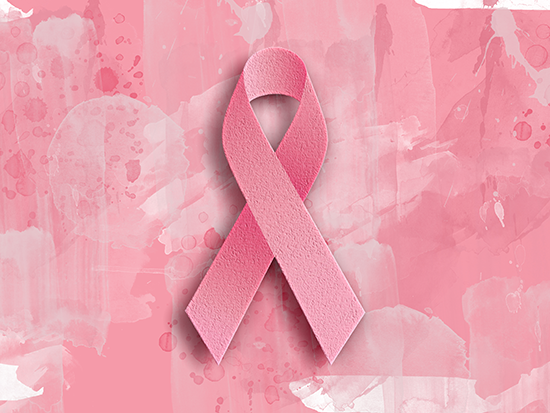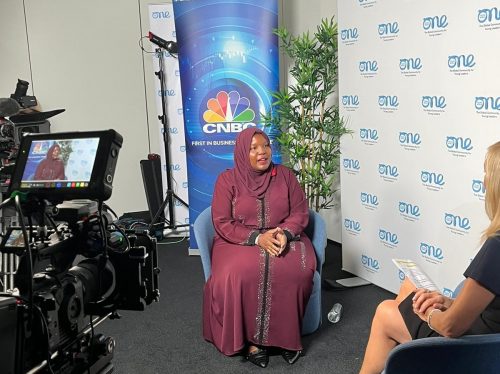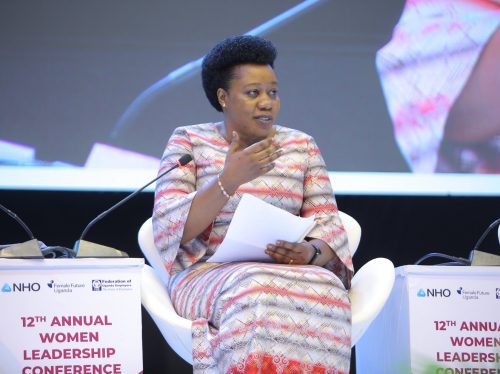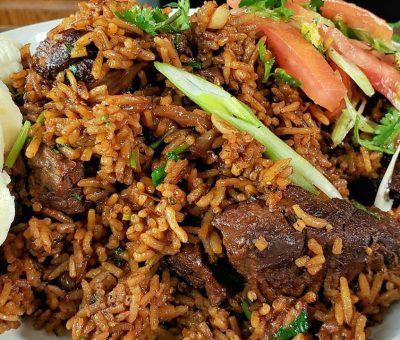Understanding breast cancer

Although breast cancer continues to ravage lives and deprive communities, ignorance about the ailment is still rife. For example, many believe that breast cancer only affects women and never men. For others, the thought of doing a breast examination seems like a joke thus dismissing it. To make this disease known, let us start from the basics:
Breast cancer is an ailment where cells in the breast grow out of control. That is to say, they do not follow the normal pattern of cell regeneration but divide more rapidly than healthy cells do and continue to accumulate. In so doing, they form a lump or mass.
According to cancer.gov, these changes are also called genetic changes. “A DNA change can cause genes involved in normal cell growth to become oncogenes. Unlike normal genes, oncogenes cannot be turned off, so they cause uncontrolled cell growth. In normal cells, tumour suppressor genes prevent cancer by slowing or stopping cell growth.”
In addition, Dr Noleb Mugisha, an oncologist from Uganda Cancer Institute (UCI) says there are different breast cancer types. “The kind of breast cancer depends on which cells in the breast become cancerous.”
Exodus
A breast is made up of three major parts: connective tissue, lobules and ducts.
The lobules (glandular tissue) are the glands responsible for producing milk. The ducts are tubes that carry milk to the nipple. The connective tissue surrounds and holds everything together and also consists of fibrous and fatty tissue.
While breast cancer can begin in different parts of the breast, most breast cancers begin in the ducts or lobules.
Thereafter, Dr Mugisha says, the cancer can spread outside the breast through blood vessels and lymph vessels. “When breast cancer spreads to other parts of the body, it is said to have metastasized.”
The most common types of breast cancer are:
- Invasive ductal carcinoma: This breast cancer is the kind where the cancerous cells grow out of the ducts. Then they can move to other parts of the breast tissue. The invasive cancer cells can also spread to other body parts.
- Invasive lobular carcinoma: This is the type where the cancerous cells emanate out of the lobules and then spread to the neighbouring breast tissues. These invasive cancer cells can also spread to other parts of the body.
Other kinds include Paget’s disease, inflammatory breast cancer, and mucinous.
However, there is also a disease, Ductal carcinoma in situ (DCIS), where the cancer cells are only in the duct lining. “It is also an invasive breast cancer but the cancer cells have not spread to other tissues in the breast.”
Causes
Apart from mutations, there are other causes of breast cancer and they include:
Inherited/genetic: Dr Mugisha says some people get breast cancer due to genetics. The most common inherited mutated breast cancer genes are breast cancer gene 1 (BRCA1) and breast cancer gene 2 (BRCA2). “They greatly increase one’s risk of getting breast and ovarian cancer.”
Lifestyle: A sedentary life may predispose one to breast cancer, more so after menopause. This is because the more fat tissue one has, the higher oestrogen one has thus prone to the cancer. Overweight people are also said to have high levels of insulin which also predisposes them to cancers such as breast cancer.
Prevention
A change in lifestyle goes a long way in preventing breast cancer. Additionally, and importantly, Dr Mugisha says, periodic examination helps to catch the cancer before the cells spread to other body parts.


















